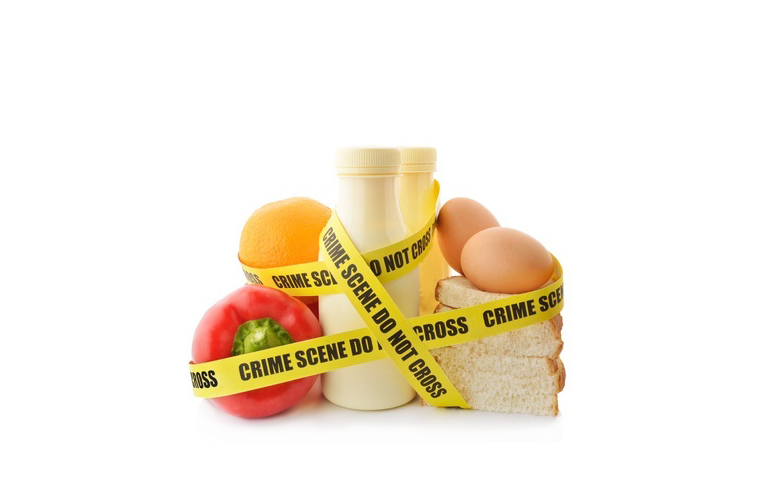Getting a food allergy diagnosis is a life changing event. It can be overwhelming at first, but there are many resources available online and through your allergist to help you and your family adjust to a new allergy friendly lifestyle.
Here are a few tips on managing a new food allergy diagnosis:
1. Breathe
Give yourself a little bit of time to process this life changing event. The concept of a life threatening food allergy is overwhelming and terrifying, so take time to acknowledge your emotions so that you can move forward.
2. Get your survival tool: Epinephrine Auto-injector
Fill your epinephrine auto-injector prescription and put a reminder in your calendar to replace it when expired. Make sure you know how to use it. Request a trainer auto-injector from your pharmacist and ask them to demonstrate how to use it.
3. Research
Become an expert on your allergens. Learn what the different names for your allergen are and what foods you need to avoid. Information on the most common allergens are available on hypefoodie.com
Learn about allergic reactions and the signs of anaphylaxis.
Study food labeling laws in your country. Note that in most cases, manufacturing companies are not required by law to disclose cross-contact risks, so you will need to contact food manufacturers directly to find out if packaged goods were made in a facility that processes your allergens. You will need to have the UPC code for the product and manufacture dates in order for them to verify that information.
Here are links to some very useful handbooks created to help people with newly diagnosed food allergies.
4. Create an allergy friendly home
Make time to review all items in your refrigerator and pantry. Read every label and determine whether they are “safe” for the person with a food allergy. If your household has decided to keep food with allergens in the home for other members of the family to consume, devise a system that will separate food with allergens from food that is safe to consume for everyone. Consider starting a color coded label system that will indicate which foods contain or may contain allergens and which ones don’t, or use different shelves. This can help minimize any errors, especially if people are in a rush or tired. Note that anything purchased in a bulk store is not allergy safe, as cross-contact risks exist.
5. Inform and educate the people around you
The people closest to you will need to know what foods you are allergic to, how to administer an Epinephrine auto-injector and recognize signs of anaphylaxis. Consider creating an easy to follow one page information sheet that can be displayed on their refrigerator.
Discuss cross-contact risks and safe food handling practices. You can find some great allergy safe food preparation tips on the HypeFoodie site.
6. Seek support
There are many allergy support groups available for you to ask questions and discuss feelings with people that have gone through the same situations and emotions that you are currently experiencing. Your allergists office may be able to connect you with some local support groups, or you can find some online groups and forums on social networking sites like Facebook.
7. Eat Well!!
A food allergy can distort the way you look at food. What is supposed to be nourishing and life giving is suddenly seen as dangerous and life threatening.
Re-discover your love for food by experimenting with allergen-free recipes. You are now a HypeFoodie! Your new focus on ingredients can have a positive impact on your health and well being. You can find many allergy-friendly recipes on the HypeFoodie website.

